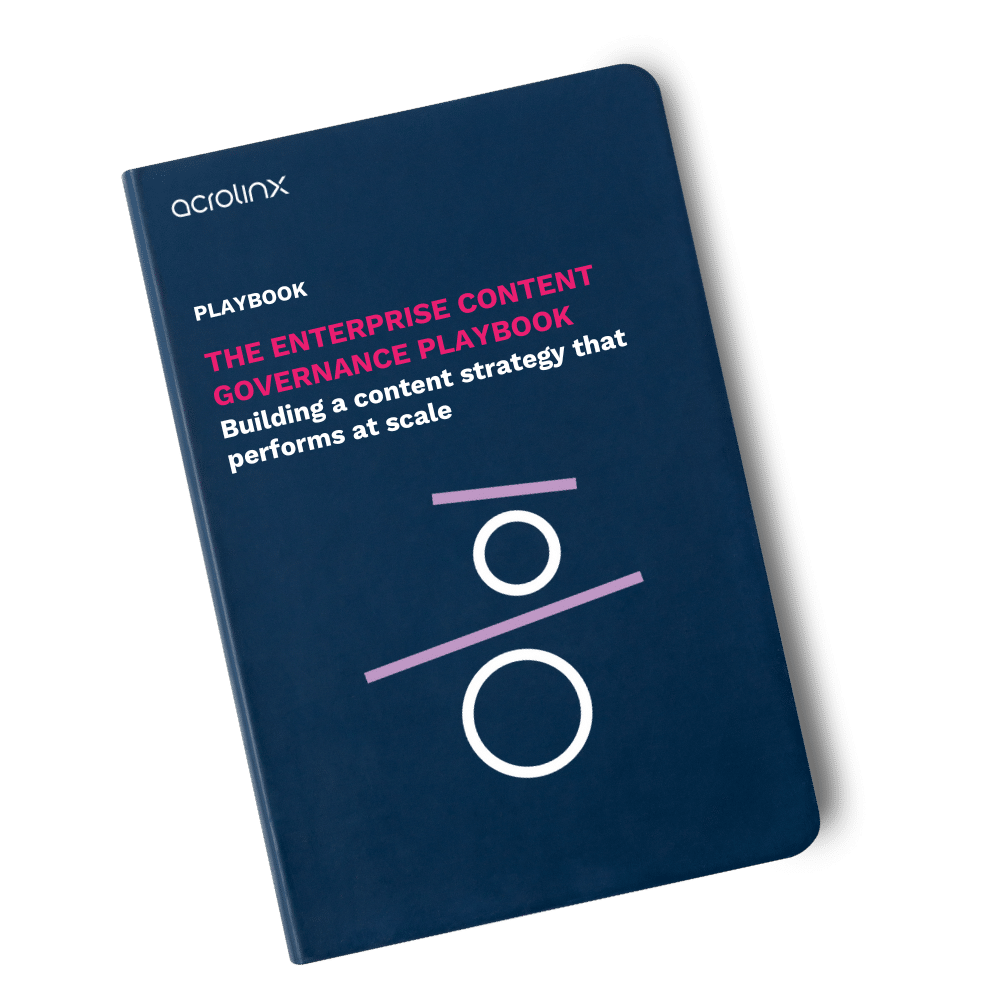
What’s a hyphen?
A hyphen (-) is a punctuation mark that’s used to connect words or parts of words:
- My cousin is a thirty-five-year-old jack-of-all-trades.
- A time of self-reflection about one’s decision-making skills.
- A feeling of short- and then long-term regret.
Like most punctuation, using hyphens correctly is a tricky matter that many people never quite grasp. But don’t let this piece of punctuation become a writing mistake that creeps into your content. And while it would take pages and pages to cover all the nuances of hyphen usage, we can cover the bases pretty quickly. Here goes:
Use hyphens with compound adjectives that appear before nouns
Any time you stack two or more words together in front of a noun, so that they collectively function as an adjective, you’ve created what’s called a compound adjective. Compound adjectives are generally hyphenated:
- He’s looking for a cat-friendly flat.
- She had a very matter-of-fact expression on her face.
The key is that those compound adjectives need to come before the noun they’re modifying. Otherwise, you don’t use hyphens:
- He’s looking for a flat that’s cat friendly.
- The expression on her face was very matter of fact.
An exception is the use of an adjectival phrase including a verb-participle:
- The trousers were ill-fitting.
- The movie was anxiety-inducing.
And while you can use multiple words in your compound adjectives (a hard-to-find place, a soon-to-be-forgotten example), you don’t want to overdo it:
This is bad → An around-the-world-all-expenses-paid-once-in-a-lifetime holiday.
Last, but not least, don’t use hyphens with adverbs:
- Incorrect: The cleverly-disguised detective.
- Correct: A mercifully short example.

Use suspended hyphens to avoid redundancy in a series
Imagine you’re describing a new kind of fabric. You could write:
We’re selling a new stain-resistant, wrinkle-resistant, and odour-resistant fabric.
However, a more concise way to express the same idea is to use suspended hyphens:
We’re selling a new stain-, wrinkle-, and odour-resistant fabric.
In general, use hyphens to separate words and prefixes
- Write co-author, not coauthor
- Write non-violent, not nonviolent
- Write re-edit, not reedit
Having said that, the version without hyphens would be perfectly acceptable in American English.
Here are two other common rules to help you hyphenate correctly:
1) use a hyphen before a capitalised word or a numeral (pre-Columbian, post-1970)
2) use a hyphen to separate two i’s, two a’s, and other combinations of letters that could easily be misread, such as anti-inflammatory, mega-annoyance, or pro-life.
Be careful when using hyphens to express age and numbers
In general, hyphenate ages in both their noun and adjective forms:
- A nine-year-old
- A ten-year-old boy
- A thirty-four-year-old mother
- A group of eight- to ten-year-olds
But you would also write …
- Eighteen years old
- Seventy years of age
Hyphenate numbers when written out or expressed as a fraction, but not when expressed as percentages:
Q: If twenty-eight people came to the party and two-thirds of them got drunk, what percentage of them woke up with a hangover the next day?
A: 66 percent.
Have we answered all of your hyphen-related questions?
Maybe, maybe not. If you really want to geek out on hyphens, check out page 13 of the University of Oxford’s style guide, which provides detailed answers to most questions. And, if you’re still in doubt about hyphen usage, look it up in the dictionary or, better yet, let Acrolinx help you make sure you’re using them correctly by incorporating writing standards into your enterprise guidance.
You can also explore more of our writing tips blogs on the different kinds of English, overused words and phrases to avoid, and important editorial style guides every writer should know about. Make sure to check out the Grammar Guide for Busy People for more helpful tips and tricks to make sure your content has flawless grammar.
Are you ready to create more content faster?
Schedule a demo to see how content governance and AI guardrails will drastically improve content quality, compliance, and efficiency.
The Acrolinx Team





